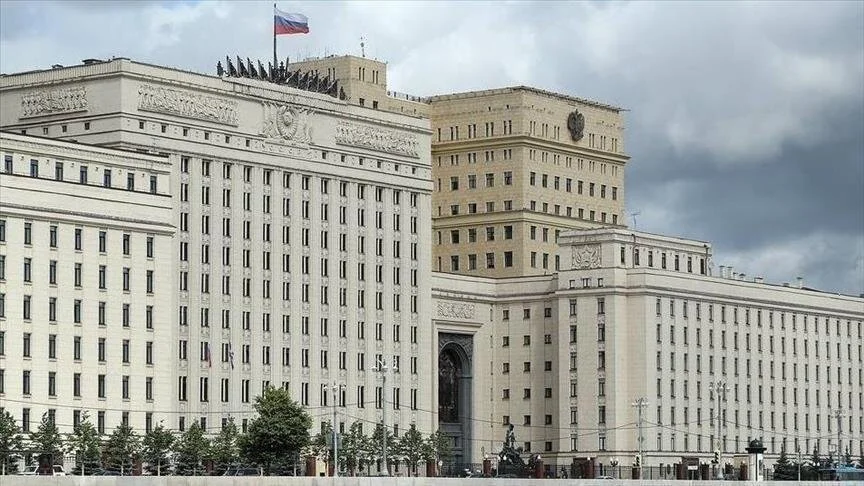

By Anadolu Agency
KAZAN, Tatarstan
Russia aims to increase the cargo turnover by 155% by 2030 along the North-South Transport Corridor, a 7,200-kilometer (4,473-mile) multimode transportation network, Deputy Prime Minister Marat Khusnullin said on Thursday.
Speaking at a round table meeting on the sidelines of the 14th International Economic Forum: Russia- Islamic World: Kazan Forum 2023, Khusnullin said the corridor is a priority for Russia “in the current geopolitical situation when the country is rebuilding logistics chains and flows.”
He pointed to the constant efforts to enhance trade turnover “between friendly countries” and revealed the country’s intention to raise it to at least 30 million tons by 2025 and to 35 million tons by 2030.
“This is 155% more compared to 2021,” Khusnullin said.
The North-South corridor consists of three main routes: the Western part – through Russia’s Dagestan Republic by road and rail; the Trans-Caspian part – through the Caspian Sea by sea and river transport along the Volga to Iranian and Turkmen ports; and the Eastern part – through Kazakhstan and Turkmenistan by road and rail.
“I consider it extremely important to synchronize our actions with foreign colleagues. Together with the republics of Kazakhstan, Azerbaijan, Turkmenistan, Tajikistan, Uzbekistan, Iraq, India, and the Islamic Republic of Iran, infrastructure development plans should be formed so that there are no bottlenecks on the route and the economy of infrastructure projects works rhythmically,” Khusnullin said.
Rustam Minnikhanov, the head of the Republic of Tatarstan, said: “The corridor is of particular importance for the Eurasian Economic Union as an important alternative corridor for economic development and as a response to the economic and political influence of the European Union,” he said.
We use cookies on our website to give you a better experience, improve performance, and for analytics. For more information, please see our Cookie Policy By clicking “Accept” you agree to our use of cookies.
Read More